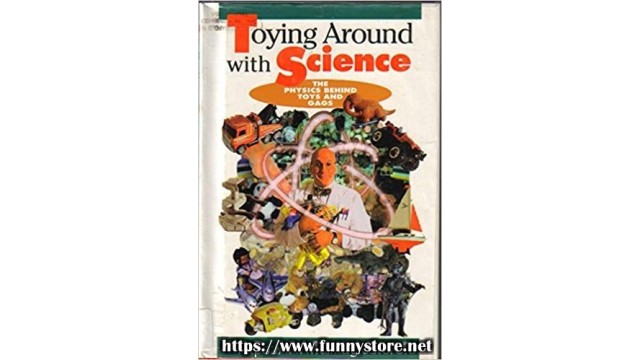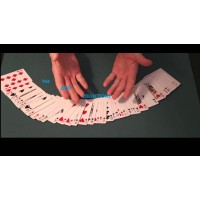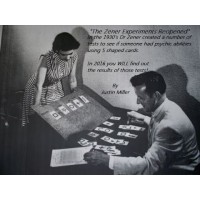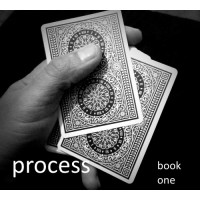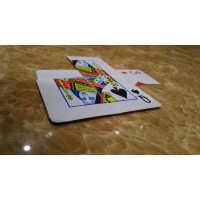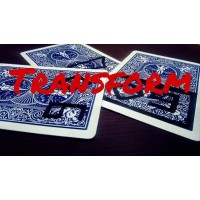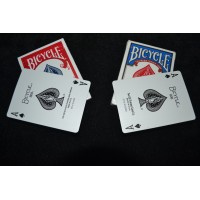Toying Around With Science by Bob Friedhoffer
- Product Code: C#24126
- Reward Points: 5
- Availability: In Stock
- $4.99
-
$1.99
- Price in reward points: 199
INTRODUCTION - WHAT'S A TOY? HAVE YOU EVER REALLY THOUGHT ABOUT TOYS?
When we were small children we played with toys without giving any thought to how they worked. As a matter of fact, most of the toys didn't "work," simply because they were stuffed animals. All that mattered was whether a toy was fun to play with. If it wasn't, we usually put it down and forgot about it.
As we grew a bit older, most of us had at least one kind of mechanical toy. The only thing we knew about that toy was that if we didn't wind the key or change the battery, it wouldn't work. When it didn't work, the toy was quickly placed at the bottom of the toy box or the back of the closet.
As we got older, we didn't want to play with toys, because we thought, Only babies play with toys. We still had them; only now they weren't called toys. They were called model planes, erector sets, trains, little homemaker baking ovens, kites, bikes, yo-yos, skateboards, and all sorts of other cool "grown-up" names.
When I got to be about 9 or 10 years old, I wanted to know what made toys work-the what if and the how come of toys. I'd take them apart and put them back together again. Sometimes I'd even manage to reassemble them without any parts left over.
I wrote this book so that kids with the same curiosity will have fun playing with toys and learning about what makes them work. I don't want to scare you away, but at the same time you're learning the innermost secrets of toys, you'll also be learning certain scientific principles. As you read through this book, you'll find that science doesn't have to be boring. Amazingly enough, it can actually be fun.
I purposely chose inexpensive toys so that you can buy them and take them apart. At the time this book was written, many items could be bought in 99-cent stores, or variety stores, around the country. If some of the toys are not available in stores in your hometown, close substitutes should be readily available.
I have included some toys that might at first seem very "babyish." But the average person never stops to figure out how they work. When I saw how they actually operate, I thought, "It is so cool that such simple toys operate on scientific principles!" You'll find that many toys use a number of different scientific principles to accomplish their goal of entertaining the user. The few toy manufacturers mentioned in the book have not paid me in any way to include their products. I chose those toys simply because they are fun and teach an interesting principle.
Reviews (0)
Related Products
The Collection Vol 1 by Kenton Knepper & Luca Volpe
DESCRIPTIONA collection of rare collaborative work between Luca Volpe and Kenton Knepper, including ..
$3.99 $18.98
Tarbell 44 Rabbit And Dove Magic by Dan Harlan
Dan Harlan - Tarbell 44 Rabbit and Dove MagicDan Harlan Get ready for some apparatus magic as we ta..
$1.99 $4.99
Virtuoso by Topas and Luis de Matos (1-4)
THE AWARD-WINNING MAGIC & ILLUSIONS OF TOPASTopas reveals cherished secrets from his professiona..
$3.99 $15.99
Vanishing Inc Masterclass by Peter Samelson (Week 1-3)
Week One, Two, ThreeA master of theatrical magic (heliterally wrote th okTheatrical Magic),Peter..
$3.99 $12.99
Look by Limin
Everyone has seen googly eyes on toys before but with this product a magician can employ them in a n..
$1.99 $5.99
The Many Hands of Destiny by Paul Voodini
I first devised the Hand of Destiny routine close to ten years ago now. Of all theroutines, performa..
$2.98 $55.00
Recommend
The Ace Collections by Duy Anh
Duy Anh - The ACE CollectionsThe deck is shuffled BY THE SPECTATORS yet you are able to locate all 4..
$1.69 $3.76
Open Door by Duc Thinh & Hoang Sam
Duc Thinh & Hoang Sam - Open DoorFrom the brilliant mind of Vietnams top magicians duch tinh and..
$1.69 $3.76
Test Re-Opened by Dr. Zenner
Dr. Zenner - Test Re-OpenedThere is nothing more memorable than having that moment of astonishment i..
$3.99 $10.79
Process: Book One by Doc Docherty
Doc Docherty - Process: Book OneProcess: Book OneIn this series, I let you in on my creative process..
$2.99 $9.03
Madcap Boy by Deepak Mishra & Piklumagic
Deepak Mishra & piklumagic - Madcap BoyImagine Spectator signs a random selected card and place ..
$1.99 $6.06
The District System by Dee Christopher
Dee Christopher - The District SystemThis subtle and invisible system will allow you to recreate inc..
$2.99 $16.61
Haunted Deceptions by Dee Christopher
Dee Christopher - Haunted DeceptionsIf you're reading this, you're either about to write your Hallow..
$7.99 $19.58
Quick Change Prediction by Dean Biggane
Dean Biggane - QUICK CHANGE PREDICTIONWelcome back to another video!today this is going to be anothe..
$1.99 $4.93
Paper Prophecies by David Parr
David Parr - Paper PropheciesIn my ebook Paper Prophecies, I teach three prediction effects I've bee..
$3.99 $10.79
Brain Food: Gourmet Edition by David Parr
David Parr - Brain Food: Gourmet EditionBrain Food: Gourmet Edition is David Parr's classic menu of ..
$6.99 $16.65
Unlink by David Luu
David Luu - UnlinkA solid through solid effect ! 1 card slowly go through another card Spectator can..
$1.69 $3.99
Transform by David Luu
David Luu - TransformVISUALLY change sharpie drawings on a playing cardAfter the magic moment, you c..
$1.69 $3.76
Prediction by David Luu
David Luu - PredictionGive your spectator the abilities to become a magician!A new way to perform a ..
$1.99 $5.78
Jump 2.0 by David Luu
David Luu - Jump 2.0A signed card visually JUMPS on top of the deck !No forceEasy to performCan perf..
$1.69 $3.99
Rudimental by David Jonathan
David Jonathan - RudiMental From David Jonathan, the creator of the acc..
$3.99 $13.68
Jazz Mentalism by David Humphrey
David Humphrey - Jazz Mentalism This is the classic ESP matching effect. Two sets ..
$2.99 $9.03

